What’s up, from Japan! I’m Johnny, nice to meet you. Today, I’d like to introduce a new photography trend that’s gaining popularity over here. Welcome to the exciting world of “Digicams.” Yeh! Yeh! Wait! Wait! Don’t roll your eyes just yet. Cameras! You like cameras, right? History? Computers? Over thirty? Star Wars? Well, that last one has nothing to do with digicams, I just wanted to get your attention. Anyway…
What’s a Digicam?
Yes, I know it’s a basic question. Yet it should be noted that there’s a whole generation of padawans coming up that have only known a smartphone. A whole generation that can’t imagine taking pics with an electronic gadget that can do nothing except take pics. With that in mind, let’s start from the beginning, please.
The term “digicam” started around the mid 1990s and comes from a combination of the words digital and camera. In Japan, digicams usually connote a compact point and shoot digital camera.
Typical digicams are simple to use, durable enough, yet somewhat disposable in nature. Think of the digicam as something you bought at the local Best Buy before your honeymoon in Hawaii. Then after numerous years of enjoyable memories taking pics of fishing trips with buddies, family barbecues, your first child’s birthday, your car, your dog, your car, your dog. Yeah, you get the idea.
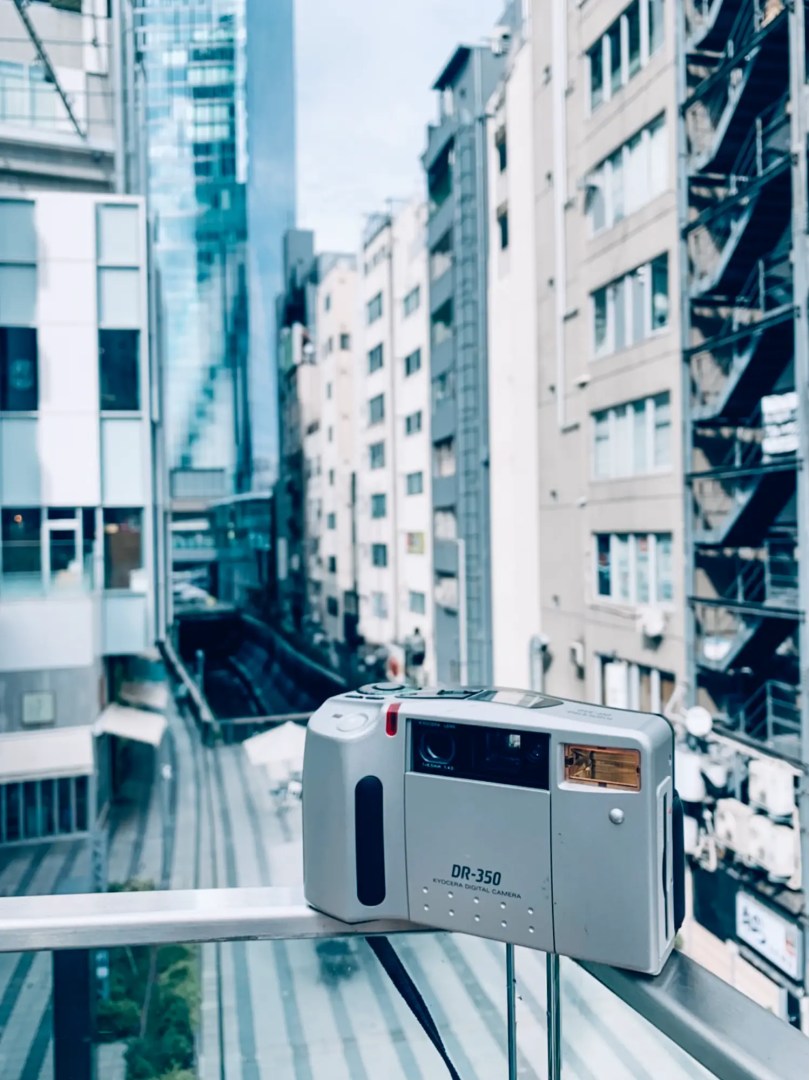
It’s 2022. Why Shoot a Digicam?
Alright, it’s a valid question. Why would I want to spend my precious time using an old digital camera that takes subjectively poor-quality photos? Why use a camera that’s painfully slow, gives an unnatural front pocket bulge, and makes you look even more like the geek-a-zoid you already know you are? Yeah, many reasons to toss the old digicam in the recycle bin. (Please remove the battery, thanks). Yet, before you toss the digicam away forever, ask yourself “Wouldn’t it be cool to take pictures with your grandfather’s camera?” “Oh, how grand it would be to hold an object that so many memories were taken with?” This is, after all, what many of us said about film cameras not long ago.
And now you might realize that the digicam was a part of your life, your family history. Remember, quite a few digicams are coming up on twenty-five years old. There’s probably one sitting in your parent’s attic somewhere. What’s that? Oh, your mother donated it, along with all your Star Wars figures while your away at college? Tragic.
From a purely technical aspect, the advancement of digital imaging technology over the years was and still is amazing. In the early days, everything was an innovation. Everything was an unknown. These include sensors, software development, battery management, memory storage, and body design. How do you like that swivel screen on your camera now? It didn’t just come out of the blue, you know. Some engineer poured countless hours to develop it. The features you see now on modern cameras were refined after many mistakes. History is fun. It’s fun to shoot an old digicam that has direct links to your expensive mirror-less camera now.
OK, OK, I get it. You’re a forward-thinking, social media creative that doesn’t care much about old stuff. You want the latest and greatest now. Oh, you only have fifty followers on Instagram? Most of them are your friends and family. What to do? How do you stand out? Ever notice how all digital photos look the same recently? Well then, how about a digicam? You might not know, unless you work in the industry and live in Japan, but there were actually numerous sensor makers at one time, unlike the few that exist now. Each supplier had their own design theory and each ended up with their own particular aesthetic, a signature “look” to the images their cameras made. Try shooting with a 0.35mp camera, or even better, one with a broken sensor. Your artistic creativity and sense of accomplishment will skyrocket. You just can’t duplicate these images so easily in Lightroom or Photoshop. You’ll be at the forefront of a new trend. It’ll be… “The New Film.” How cool is that?

How Do I Get Started?
This one is easy. Go dig around the closet, the garage, your car glove box and there’s sure to be one or two found. Can’t find one? No problem- next step is family. A quick phone call, ahem, I mean text message to your brother, sister, parents will surely turn up something. Uncle Bob is good. I don’t recommend asking the In-laws, as you’ll only reinforce the image that she could have married someone smarter, richer and taller. Interestingly, once the word is out that you’re the local junk hoarder, friends, coworkers and neighbors will gladly send you their old digicams, broken digital watches, computers, stereos, calculators, tennis rackets and old bicycles. Don’t ask me how I know this.
However, be careful in your new hobby. There’s lots of rabbit holes to follow. How technical do you want to go? CCD or CMOS sensors? Early digital cameras used various removable storage formats like floppy discs, CDs, CF, XD, and Smartmedia cards. I recommend sticking with the good ‘ole SD card for your first time. Next level is those cameras that were direct connection to a computer only. Don’t forget the associated proprietary batteries, chargers, cables, software, and a new espresso machine as you wait for pics to transfer to the vintage Windows 95 PC you might need. Delonghi makes some quality machines, for your information.
Once you start acquiring a few cameras, you’ll inevitably find that some are better than others. You might get lucky to find one at a recycle shop, but crazy enthusiasts (not me…) scour the internet for unique or rare models, many unused and still in the box. Did I mention that your loving spouse will love this new endeavor?
Anything Else?
I didn’t really touch on specific companies or models, as I wanted this article to be more of an introduction to digicams. Whether you want to dive deeper is your choice. For most of us, photography is something we do for fun. It’s our artistic expression of how we view the world. Using an old digicam reminds us to slow down, stop chasing the next, and enjoy life more. For the seasoned professional, I think it’s a great way to keep motivated and push yourself to think outside the box. In the end, it doesn’t matter what camera you use or what talent you have because we are all here to support the digicam as well as the greater photography community.
If you’re still reading and interested, there’s a growing community on Instagram. Try @digicam.love. Please join and ask any questions. And if you’d like to see my Cheap Camera Challenge themed photos, I’m at @johnnypics123 and my YouTube channel is at Johnny on Wheels.
Special thanks to my friends who are featured in this article, Jasmine and Shagufta. Please check them out! Jasmine can be found here on YouTube and on Instagram @enlightize, and Shagufta or “Shaggy” is on Insta @sha_chan07. Finally, thank you to James and Casual Photophile.
Everyone, please have a safe 2022!
Find your own Digicam on eBay here!
Our guest posts are submitted by amazing photographers and writers all over the world.
Today’s Guest Post was submitted by…

John Yokoyama is a photographer and writer based in Japan. John hopes to add knowledge and support to the greater photo community. He can be found on Instagram, Youtube, and his personal website here.
For more stories behind the images and photography from the community check out the many series we’ve published over the years below!
Featured Photophile – we shine a spotlight on amateur photographers whose work we love.
Photographer Interviews – in-depth discussions with professional and established photogs doing great work.
Female Photographers to Follow – get inspired by a monthly series focused on the beautiful and unique perspectives of female photographers.
Five Favorite Photos – a hand-selected examination of the oeuvre of our favorite famous photographers.
Follow Casual Photophile on Twitter, Facebook and Instagram
[Some of the links in this article will direct users to our affiliates at B&H Photo, Amazon, and eBay. By purchasing anything using these links, Casual Photophile may receive a small commission at no additional charge to you. This helps Casual Photophile produce the content we produce. Many thanks for your support.]
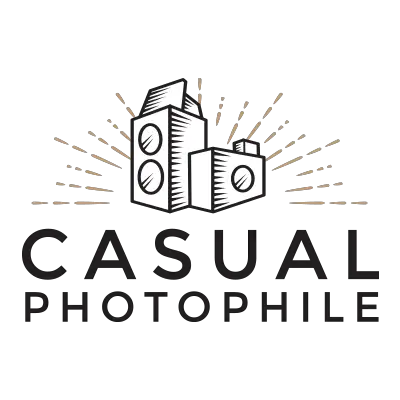
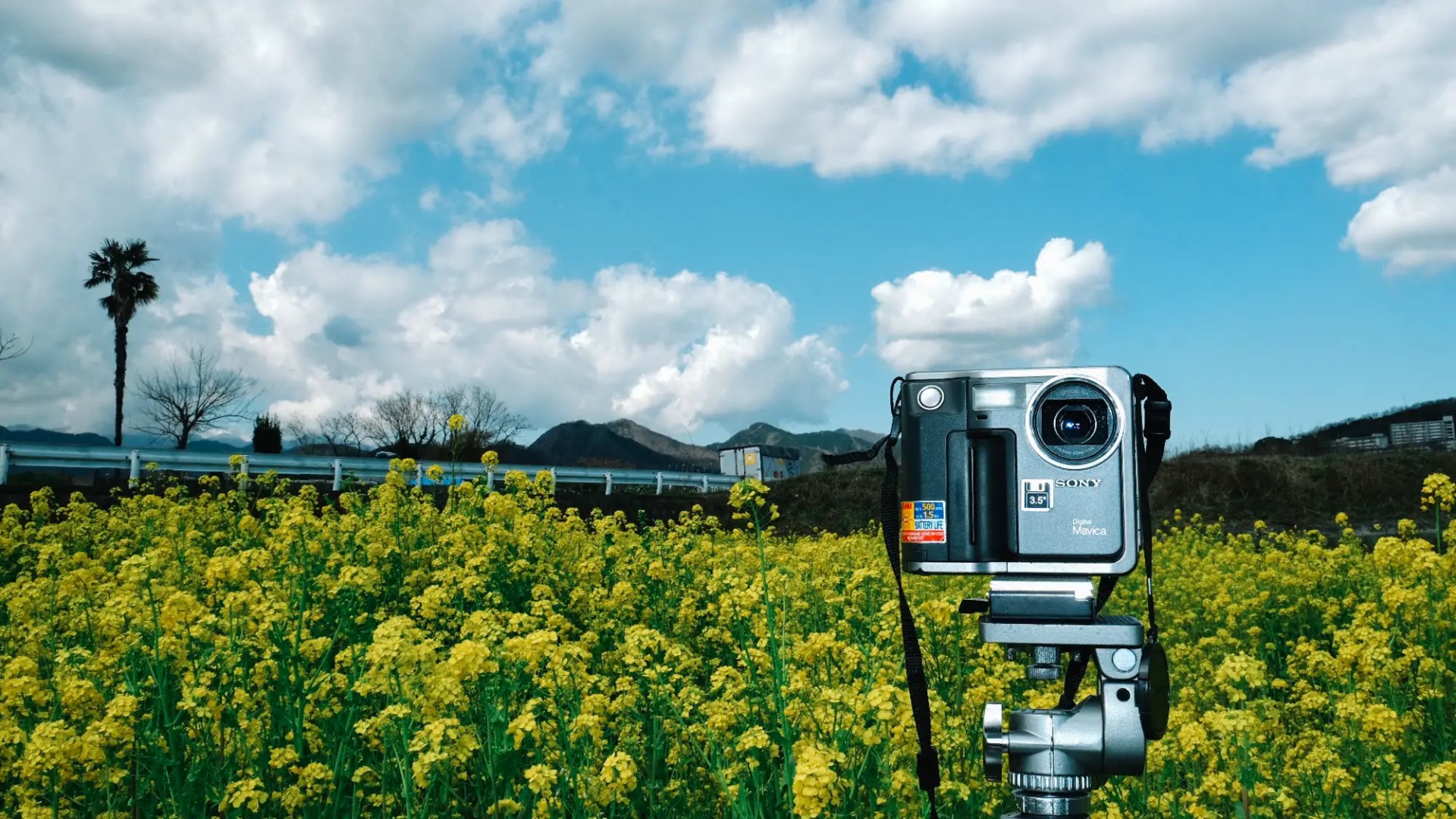
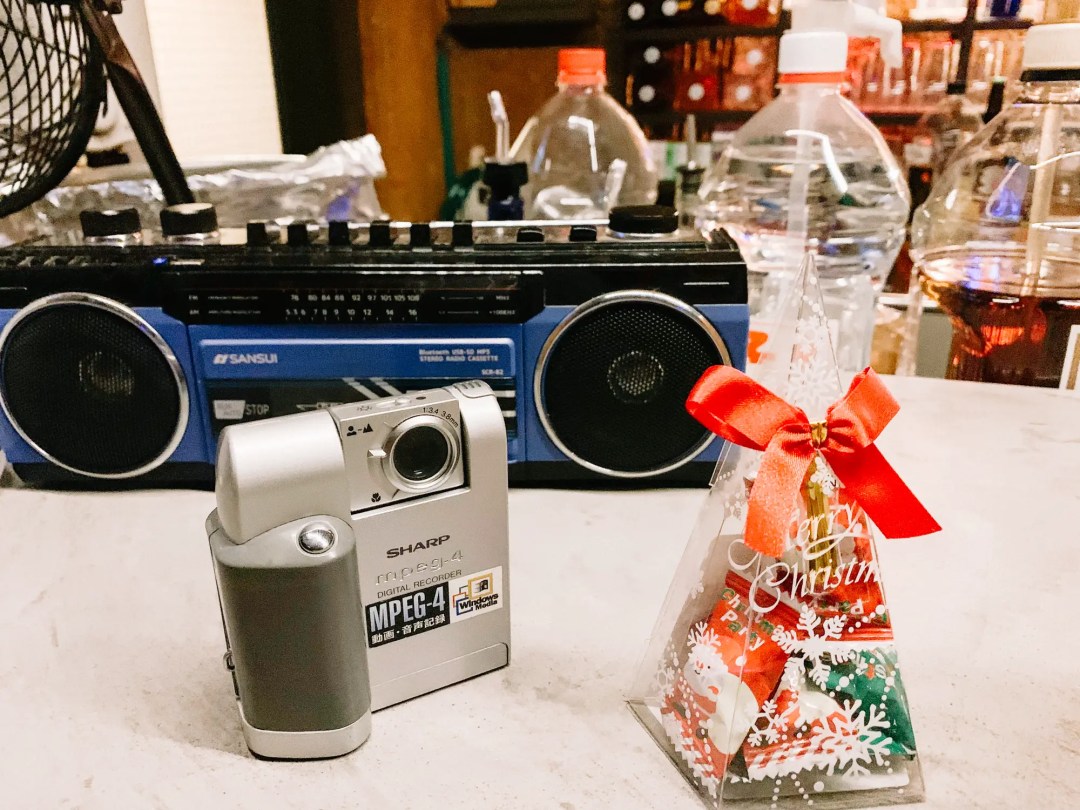
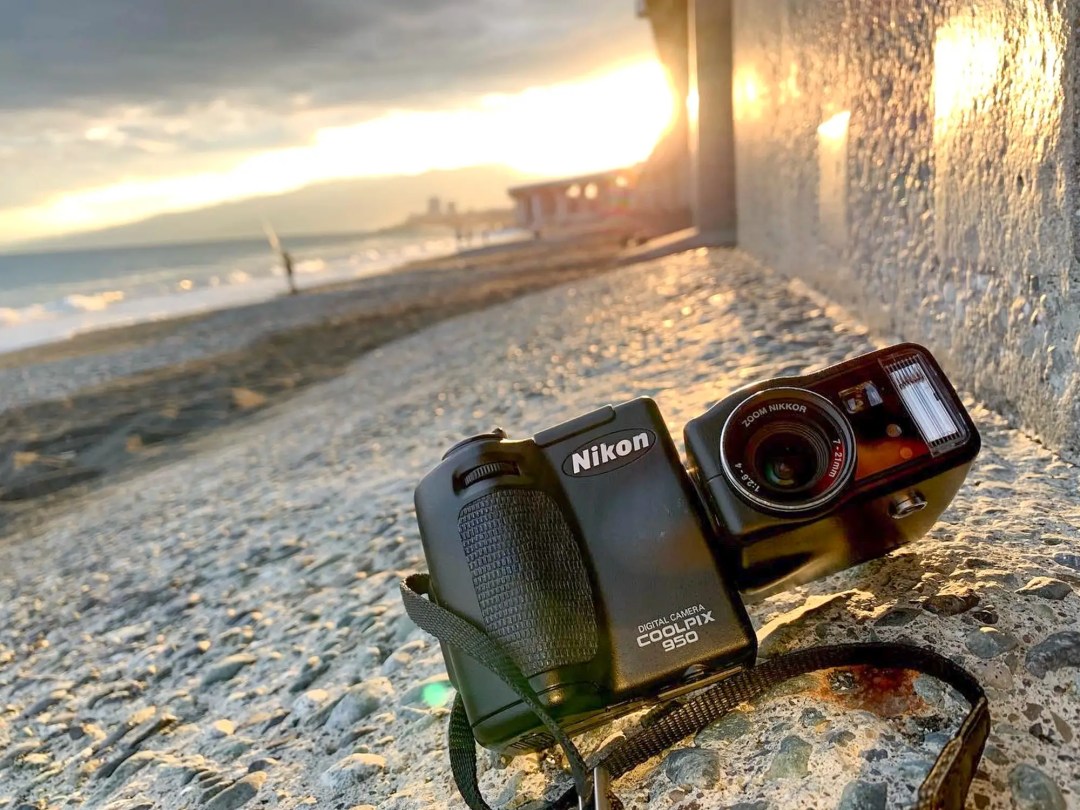
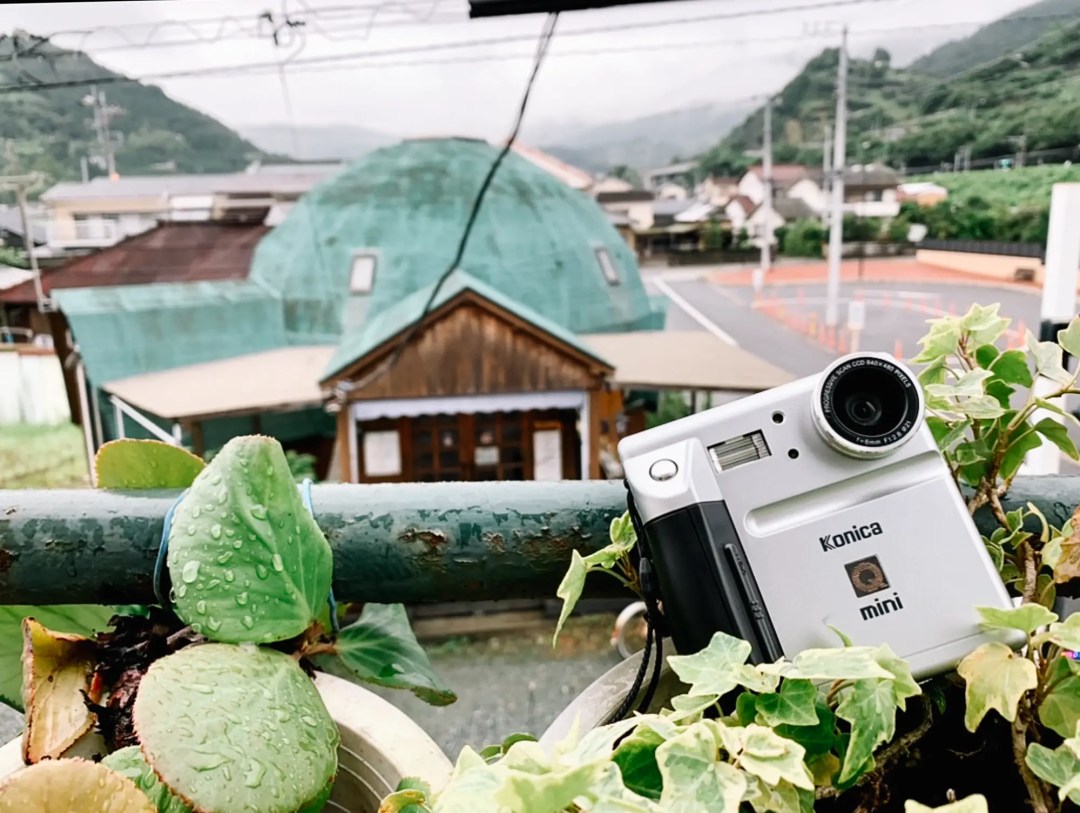

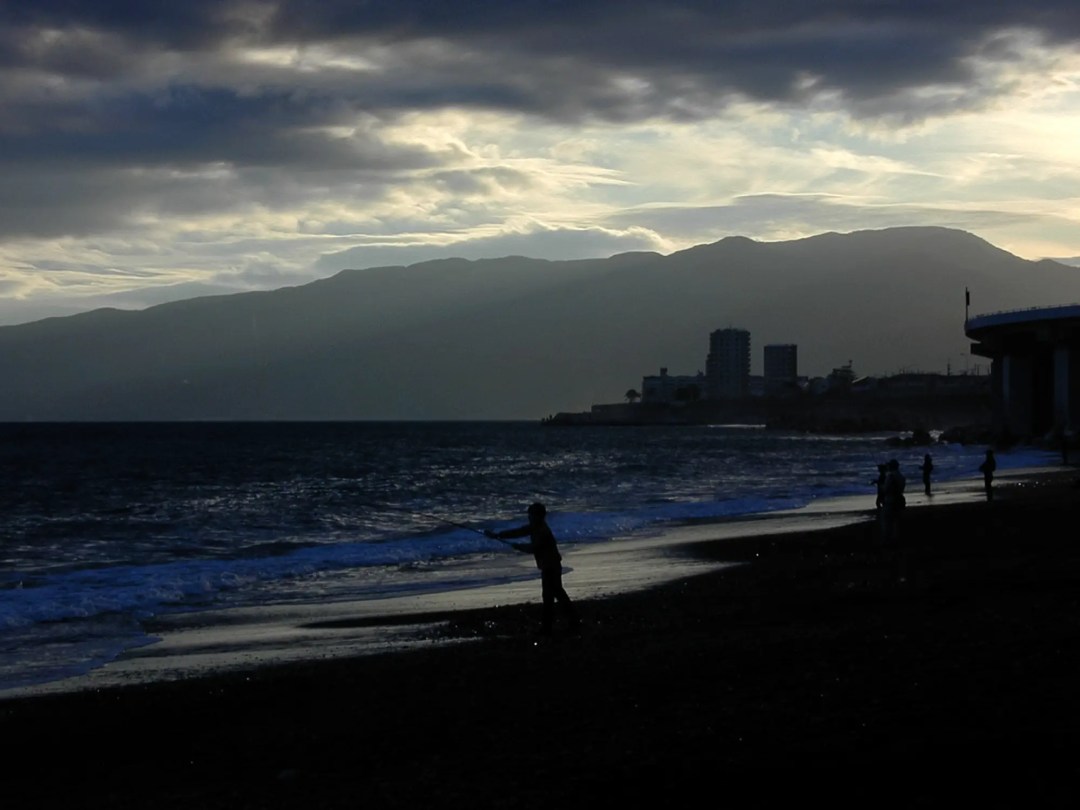
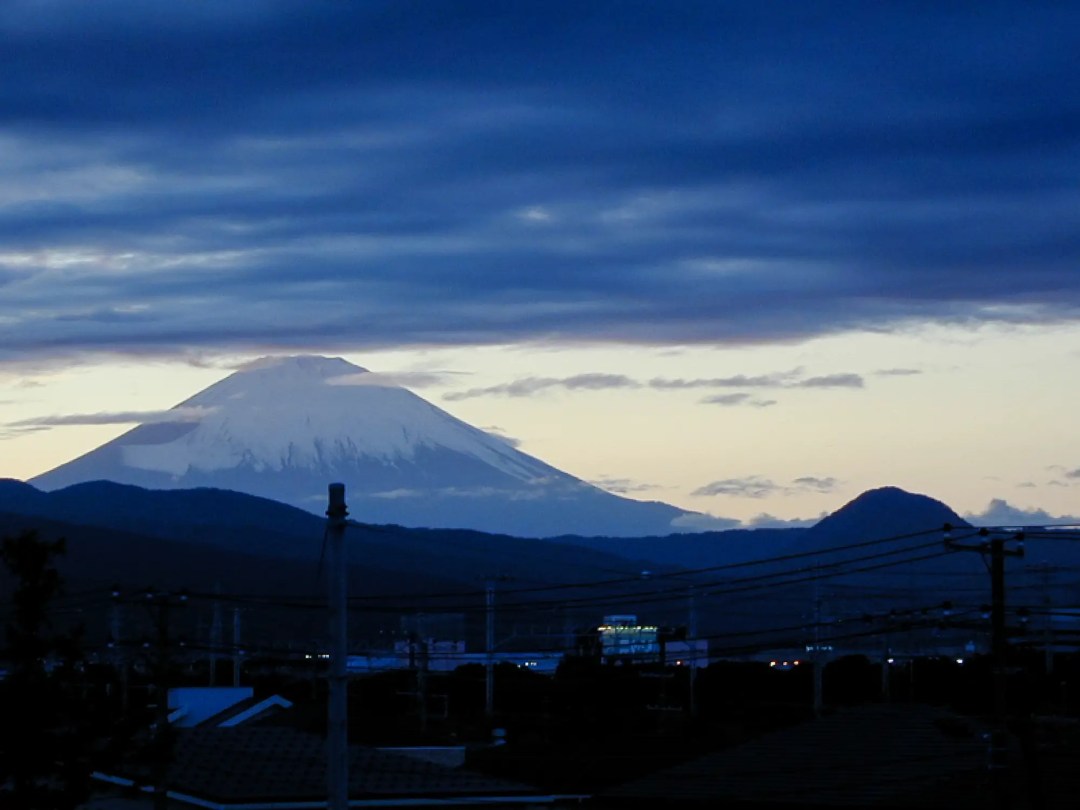
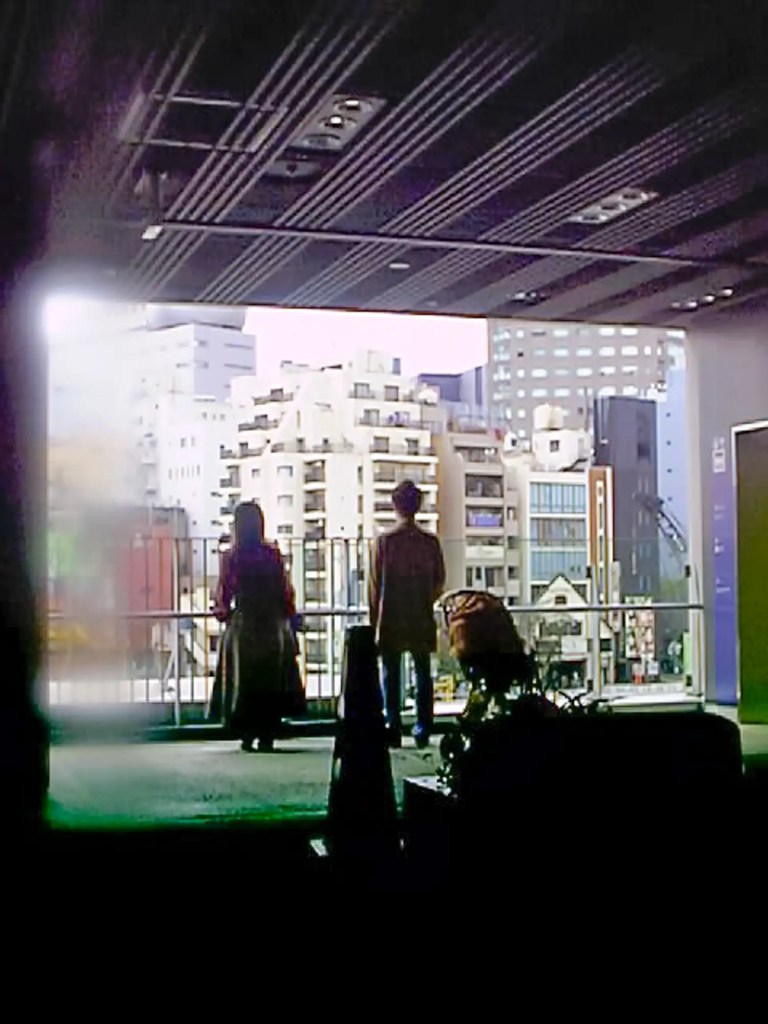
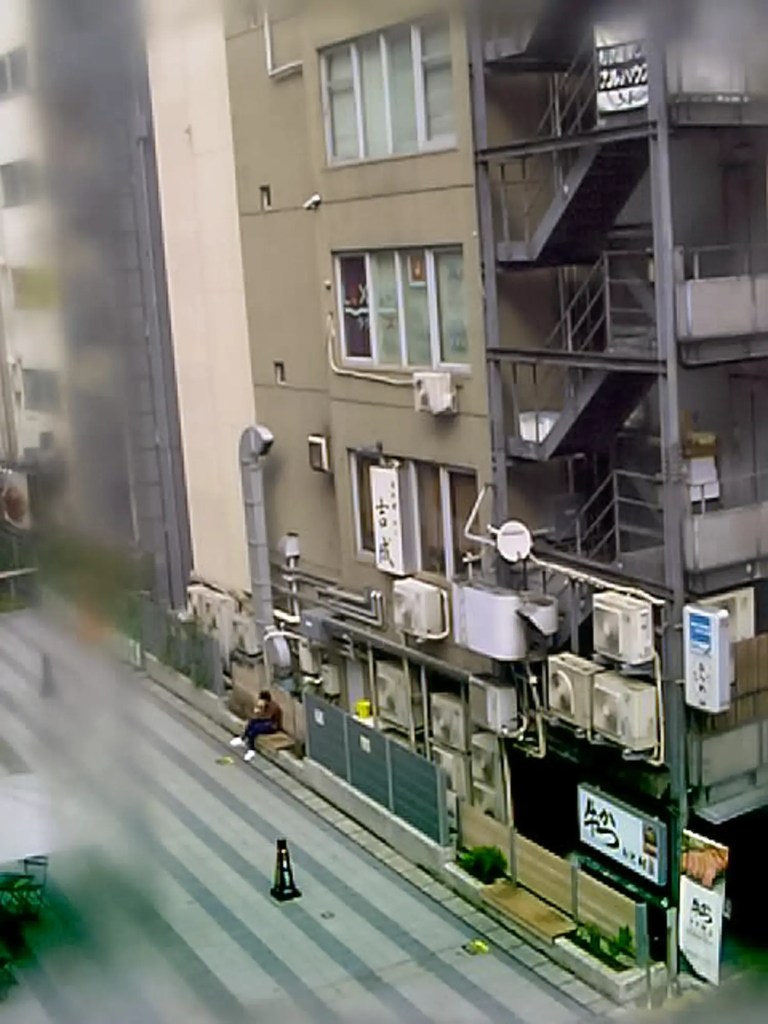
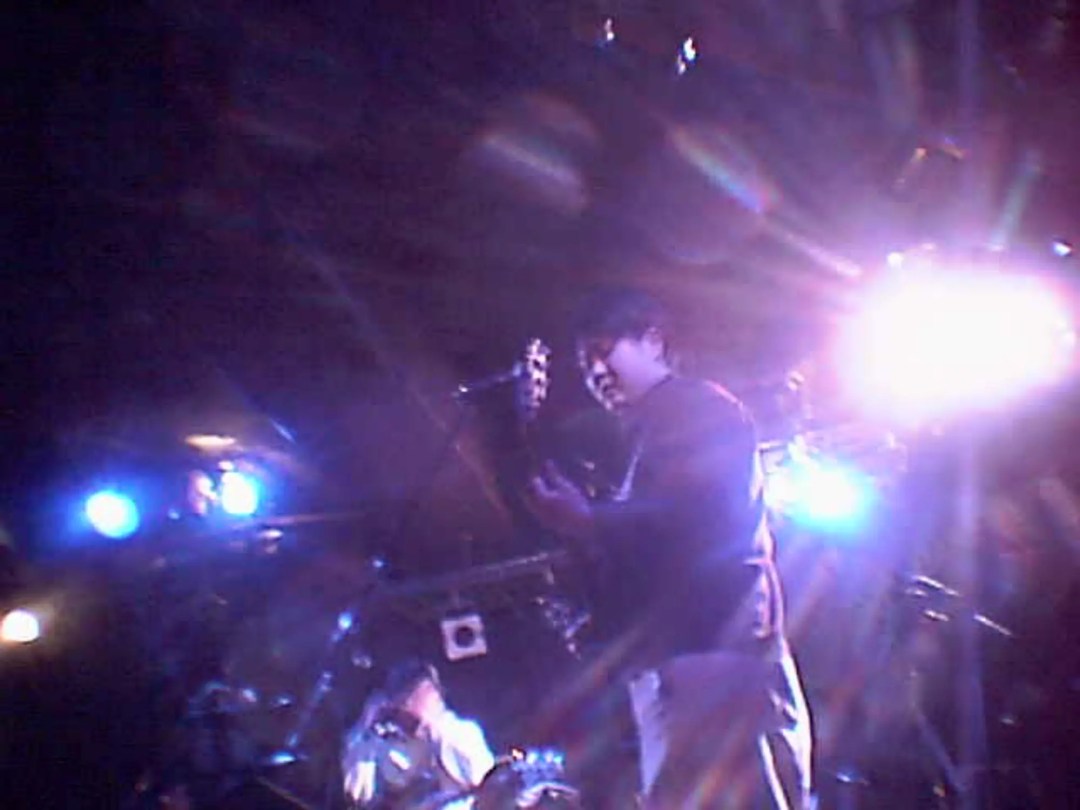
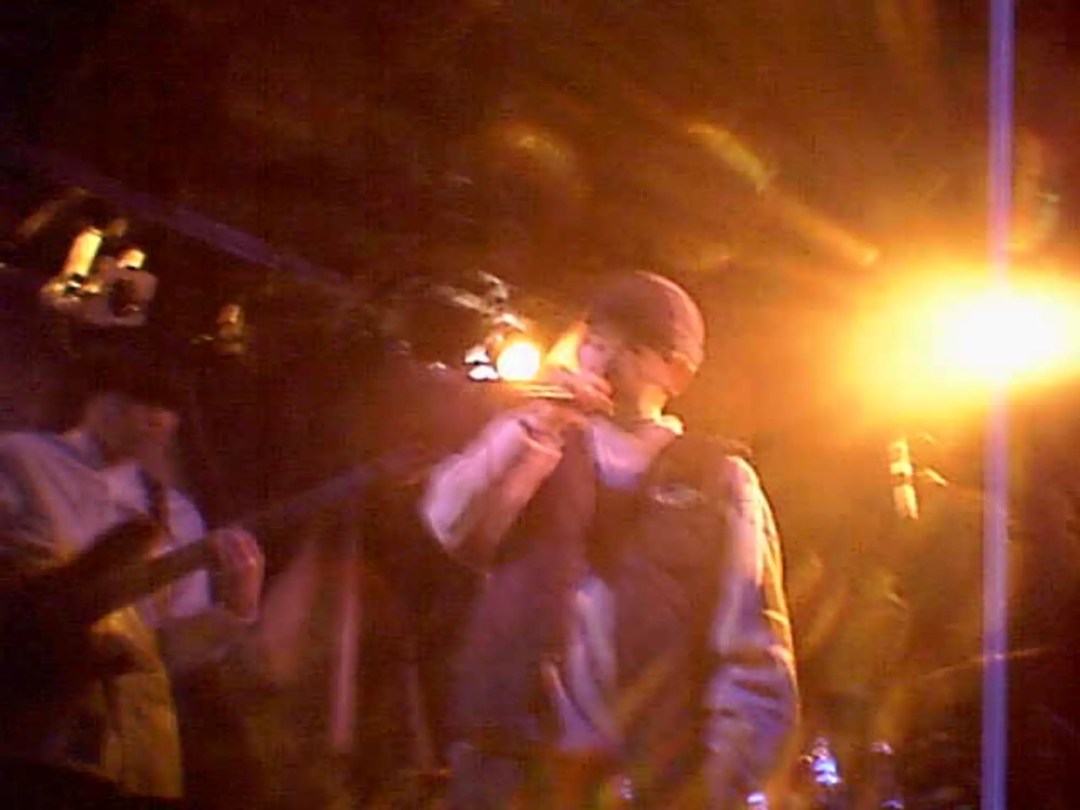
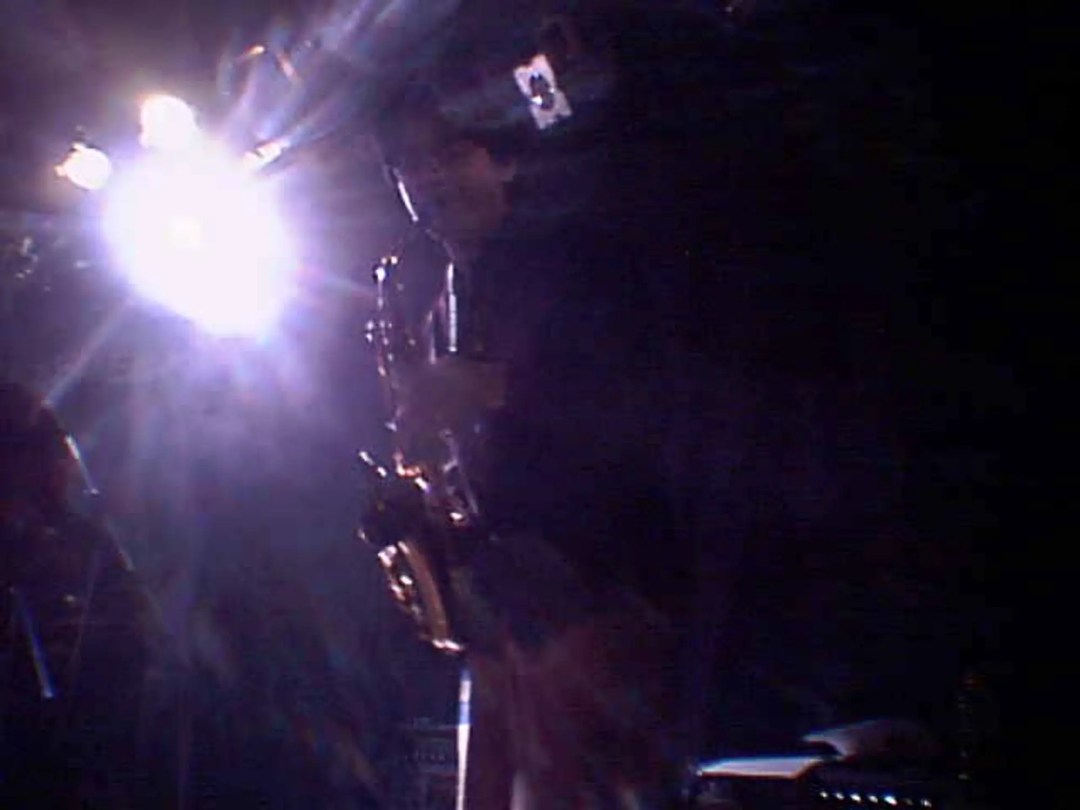
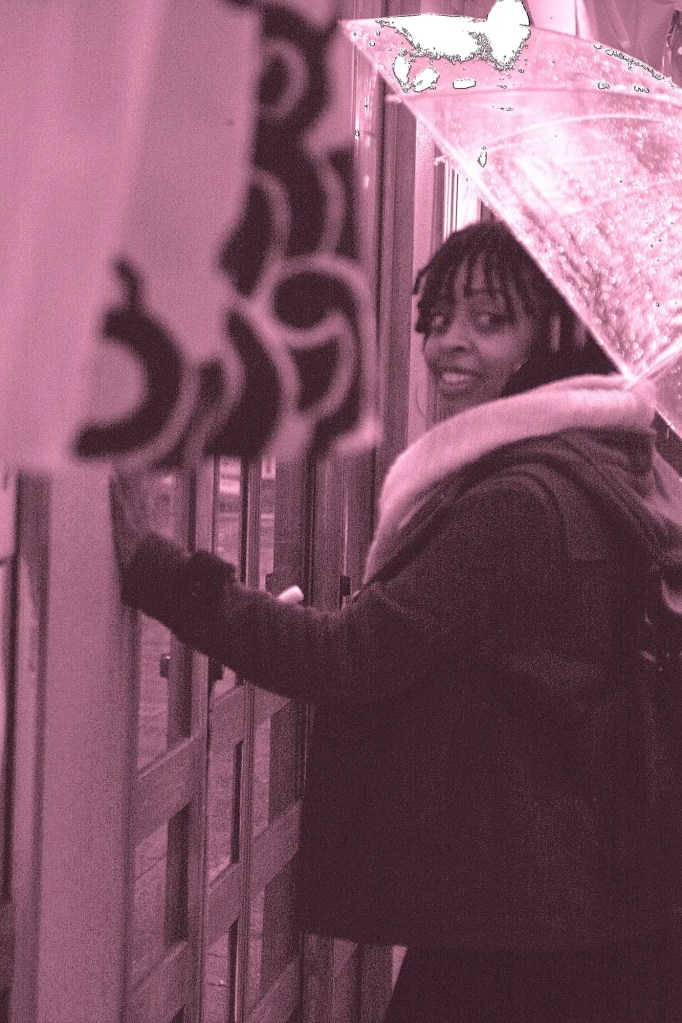
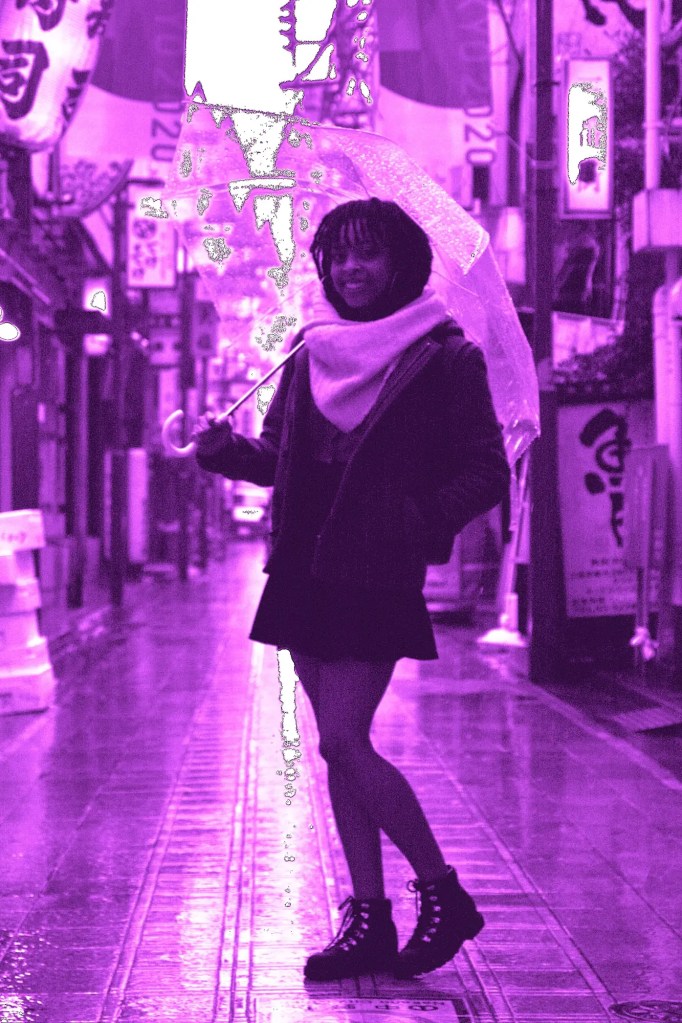
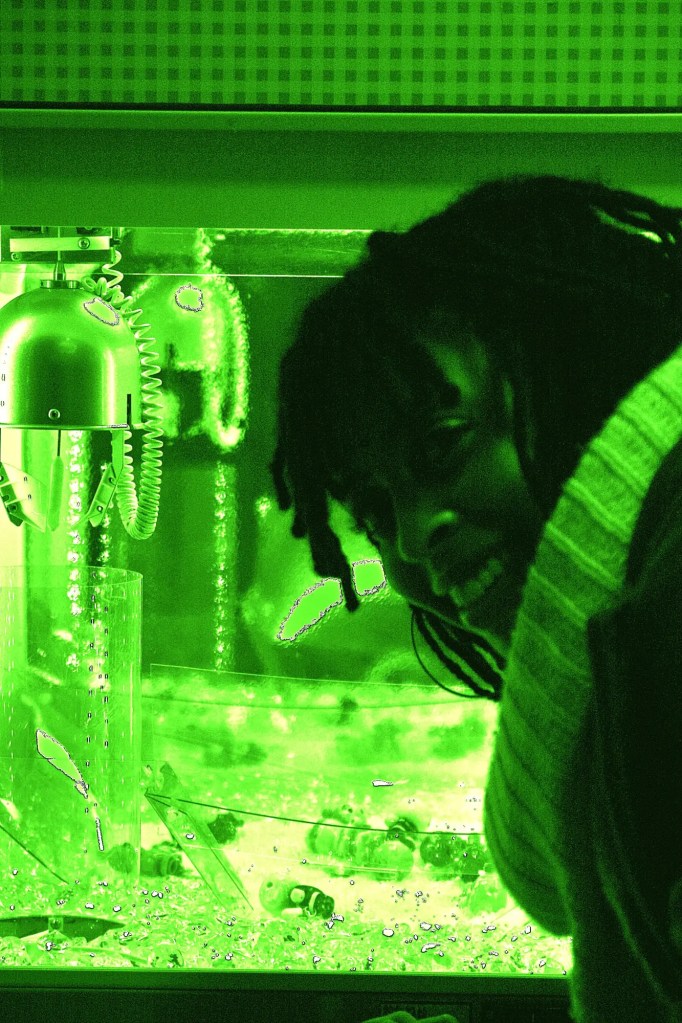

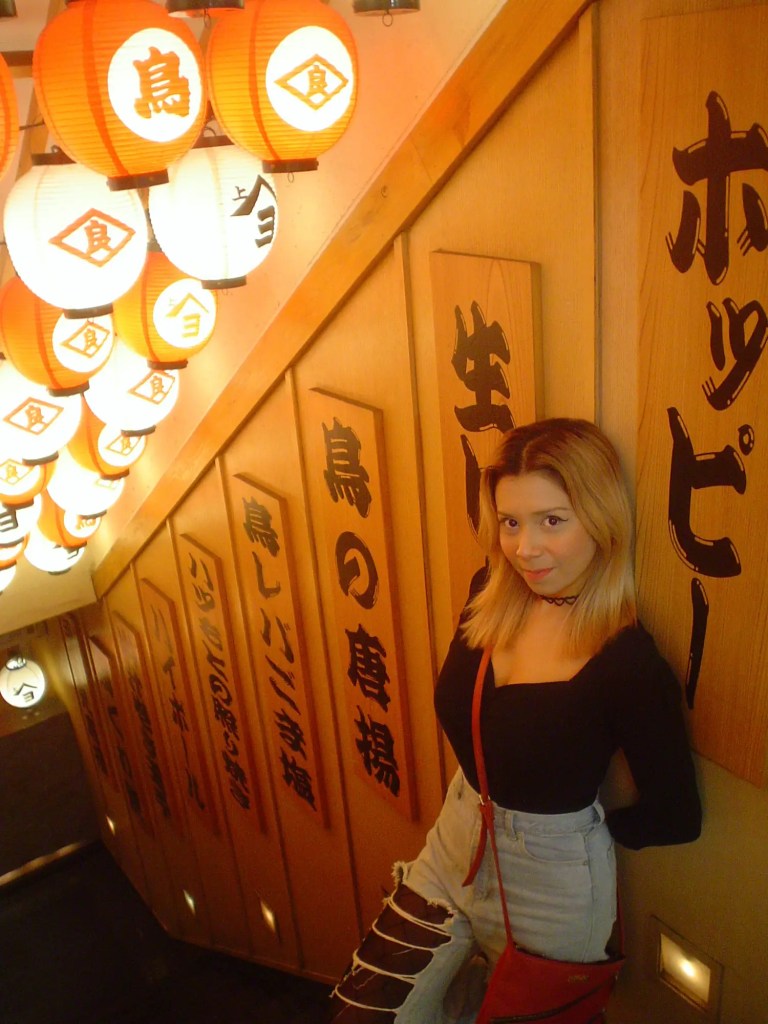
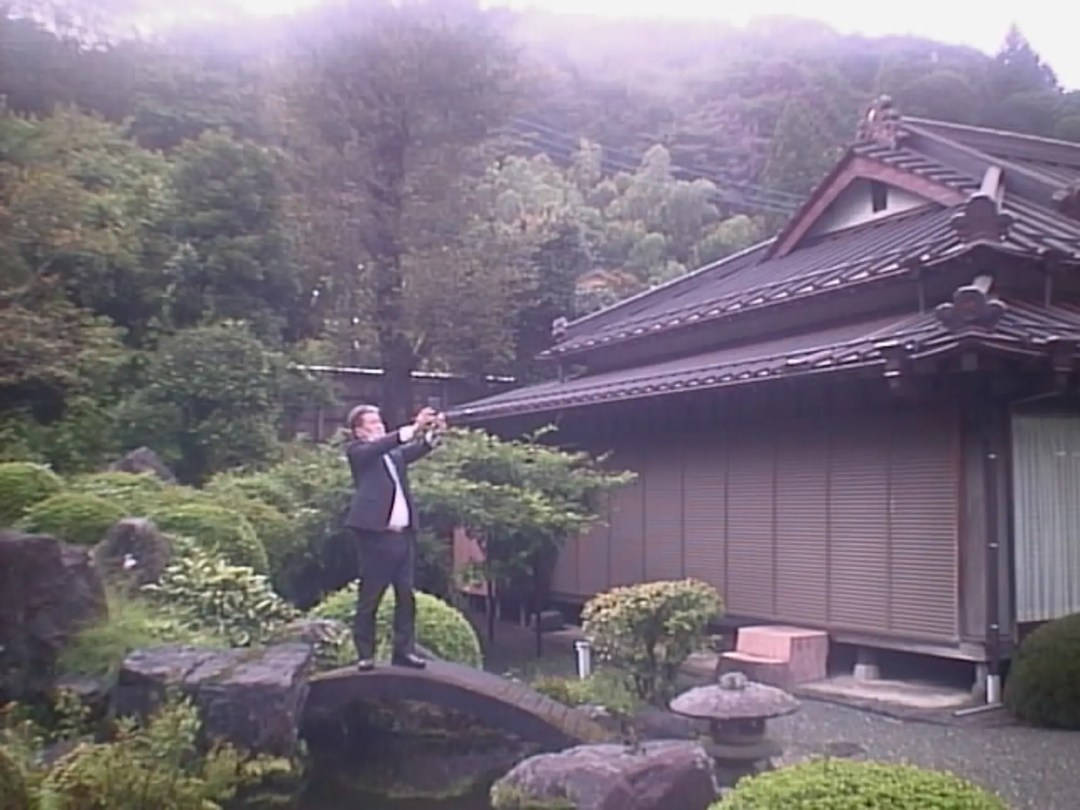
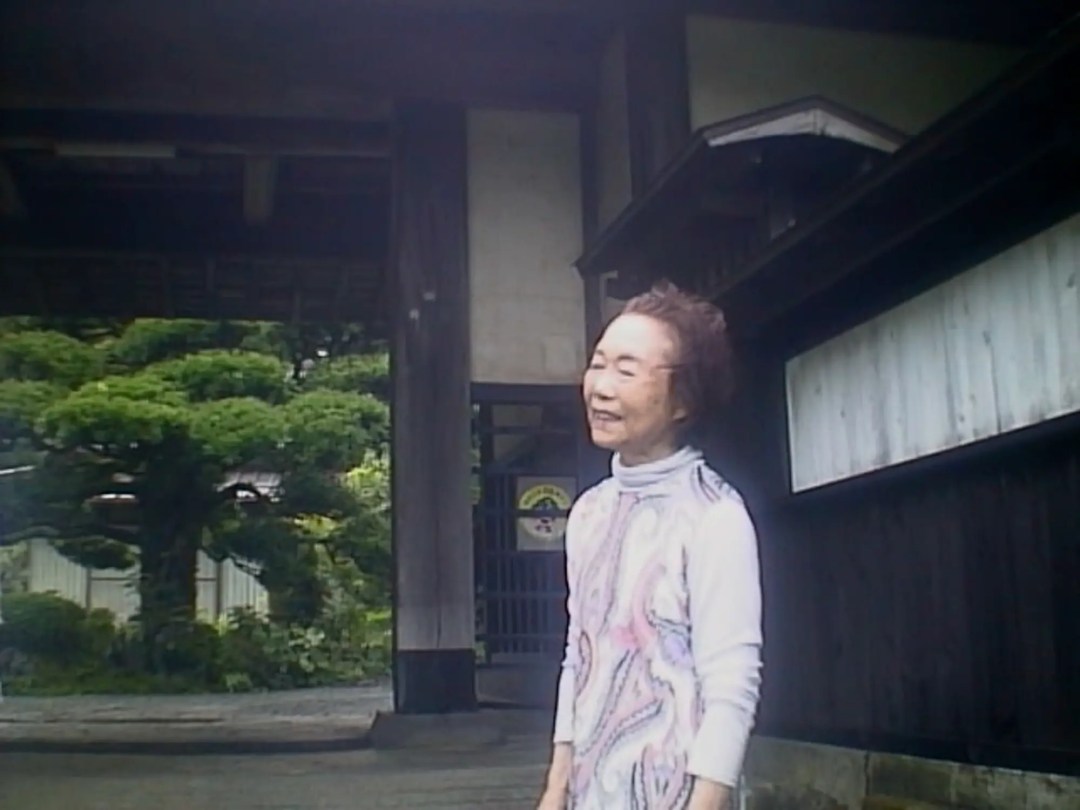
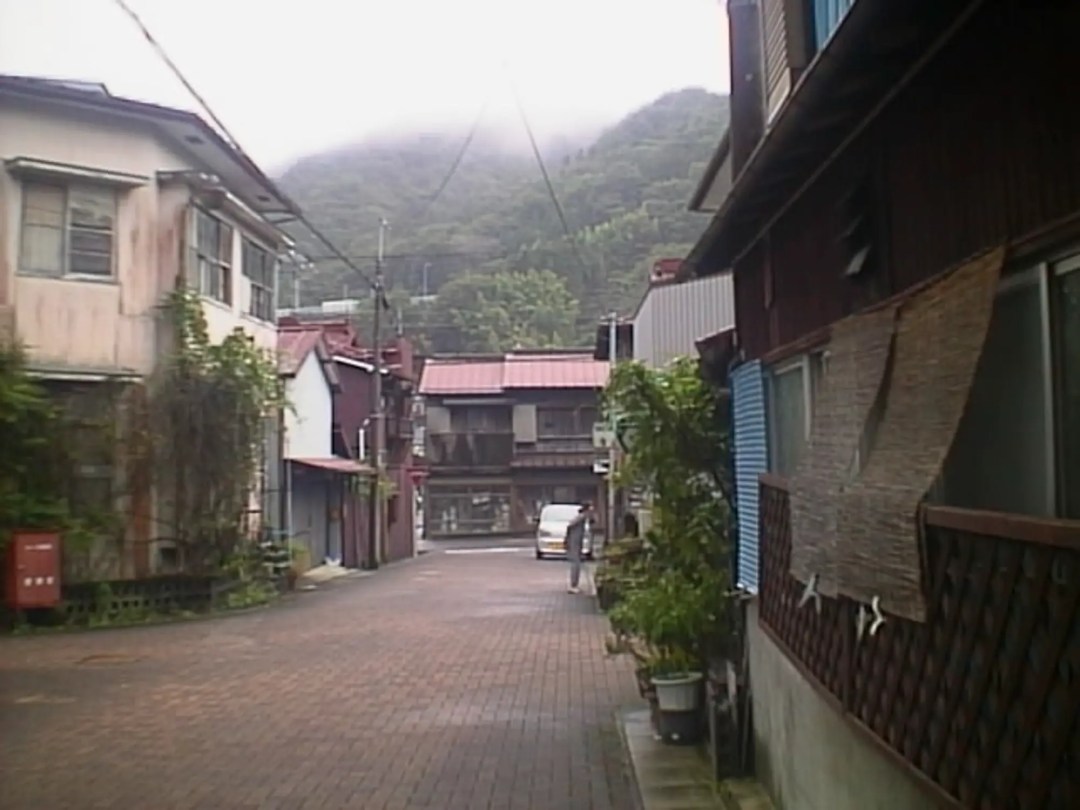
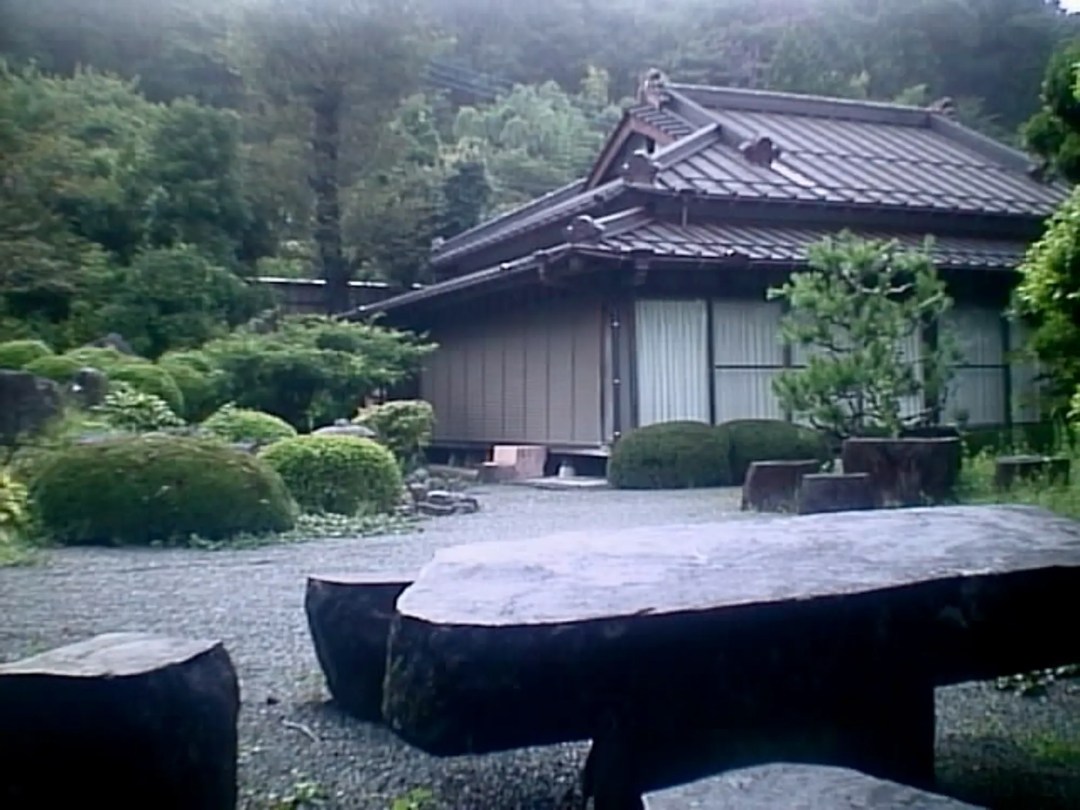
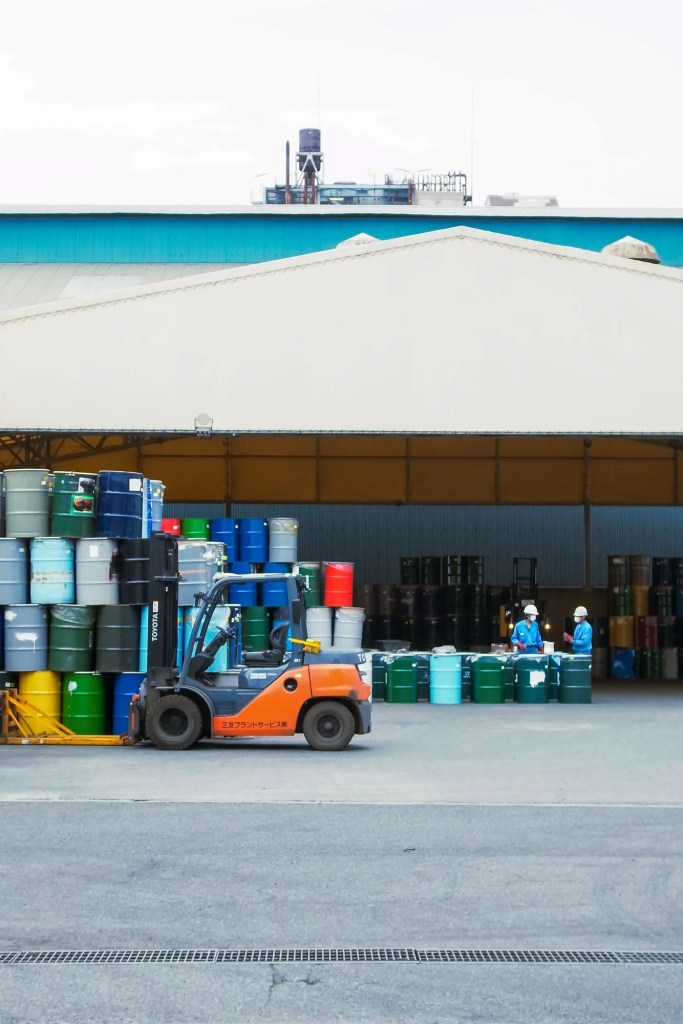
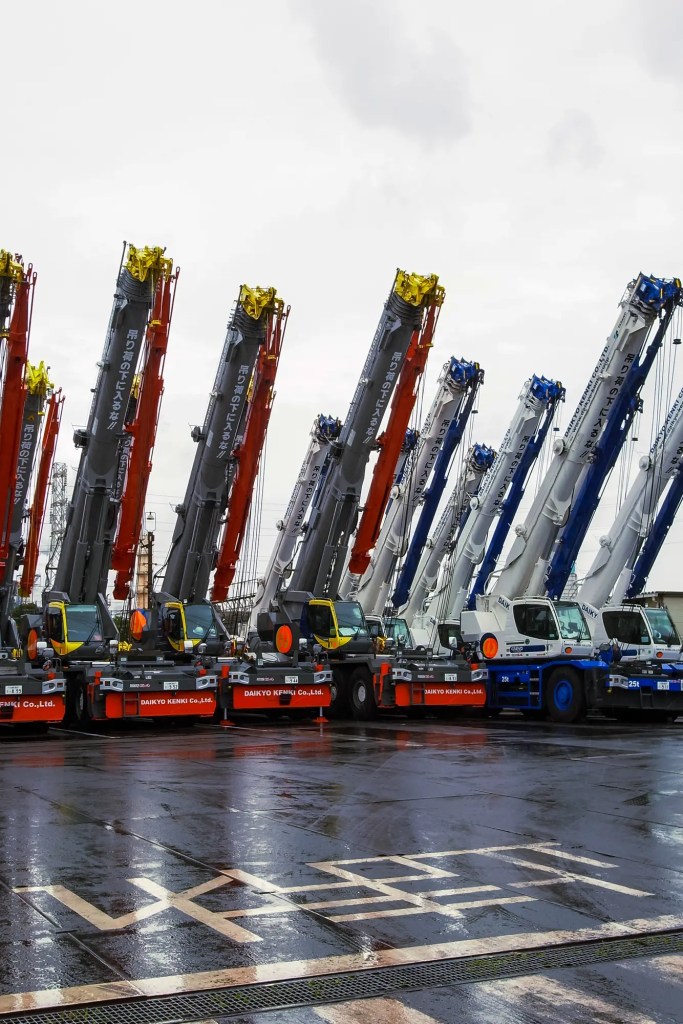
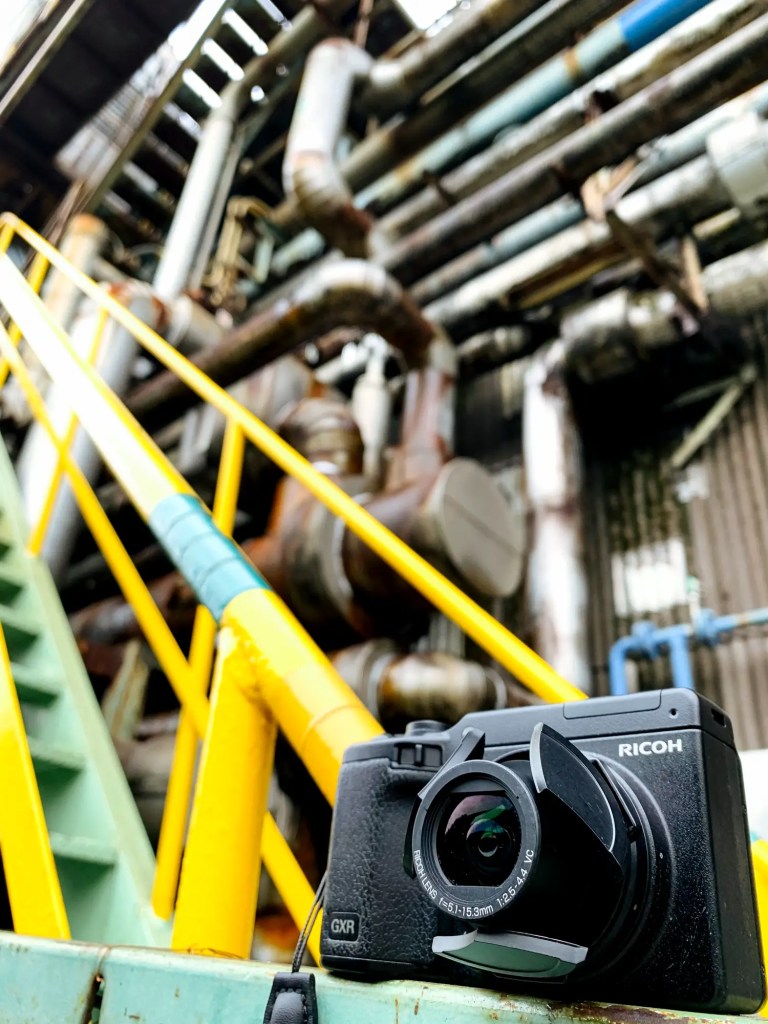
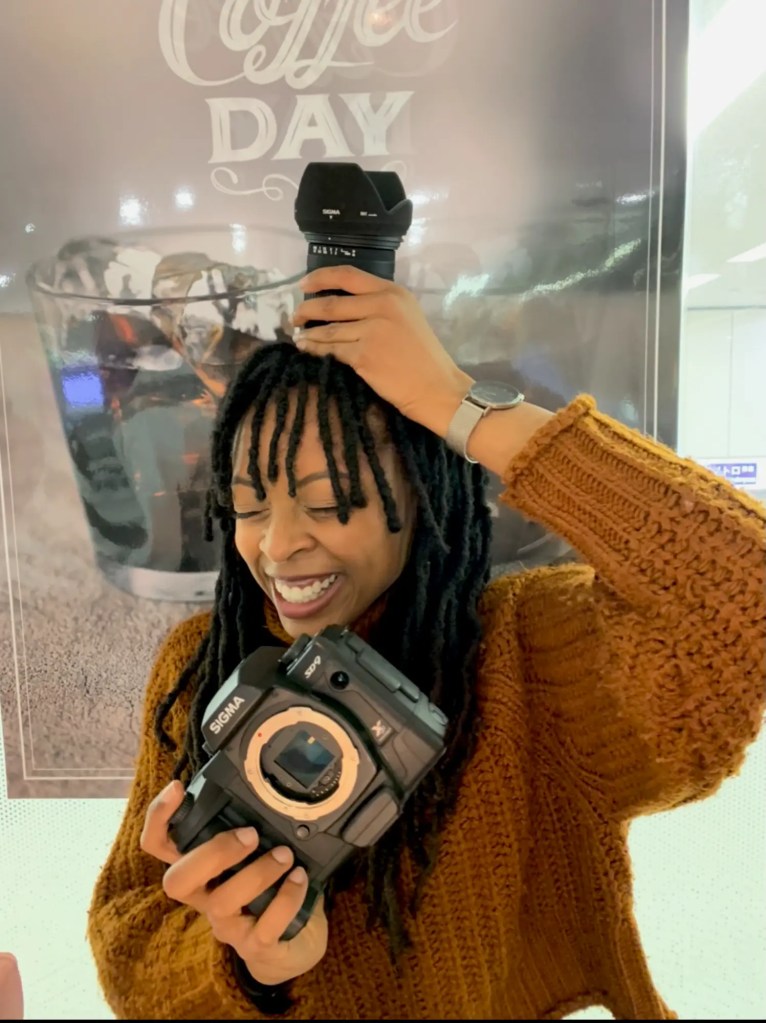

John 😉
Thank you very much for this very interesting review/article.
I have thought a lot, … but no headache, … dont worry 😉
I dont like my Sony despite it is from Japan, but I loved the result of my first Sony digital camera with floppy disk, 😉 and after my Nikon CoolPix, why? The images they produced were closer to film texture and rendering. What I can not find in actual digital camera.
So, considering that Japanese people love photography, love film cameras, I am interested, it is not stupid..
But, I have not these cameras any more, “unlikely” like said the WHO about the origin of this pandemic ( now we dont listen to them any more about that, … … red envelops for Christmas?)
And I know more and more why I dont like actual digital cameras, because I love film. This is the reason why I love this great website.
Happy New Year to all of you, all the best.
Thank you James one more time for creating, working, to provide us this wonderful Casuaphotophile and thank all the writers very much.